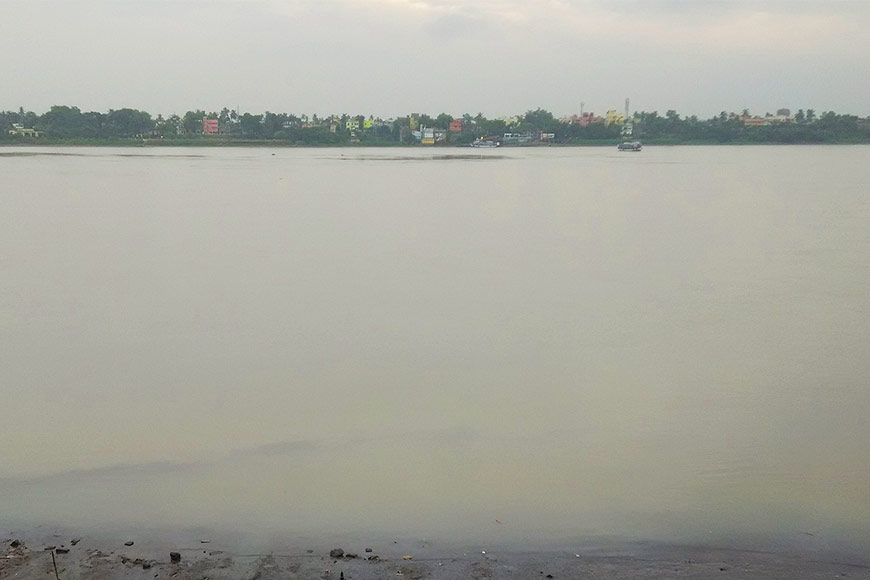How a century-old pandemic boosted India’s fight for freedom

A few days ago, India was shocked and horrified to learn that nearly 100 unidentified bodies, many of them decomposed and bloated, had been found floating in the river Ganga, causing panic among residents of Bihar and Uttar Pradesh living near the river, because they believed that bodies of Covid-19 victims had been dumped in it. While 71 bodies were fished out in Bihar’s Buxar district, at least 25 bodies were found in Uttar Pradesh’s Ghazipur district. A day later, around half-a-dozen bodies were found floating in a river in Madhya Pradesh’s Panna district, triggering panic once again.
However, no matter how shocked we are by this incident, it is not unprecedented. During the Spanish Flu pandemic that swept through the world and British India in 1918, the country was witness to a similar phenomenon.
A letter written by Suryakant Tripathi ‘Nirala’, the first modern Hindi poet of India, speaks of hundreds of bodies floating in the Ganga during the Spanish Flu, as there was not enough wood to cremate them. The pandemic is reported to have killed around 50 million people across the world, with an estimated 18 million dying in India alone between 1918 and ’20, from Bombay Presidency to Calcutta, making it one of the worst-hit countries globally.
The 1918 flu appeared in India in June and was first reported from Bombay, then spread to Punjab and modern Uttar Pradesh, finally appearing in Calcutta. Whether it was because the virus weakened as it hit the east coast, or because more Calcuttans stayed indoors than Bombayites, the death toll in eastern India was relatively low.
So how did India’s British administration deal with the crippling pandemic so rapidly? The short answer seems to be that they didn’t. Unnerved by the ferocity of the pandemic, they did pass a special law in 1920-21 known as Municipality and Local Board Acts, with legal provisions for advancement of public health in all provinces, but on ground measures to tackle the rising infection seem to have been sorely lacking.
A century ago, with the national capital having shifted to Delhi from Calcutta in 1911, the latter remained a major hub of the British-Indian administration. Western medicine came to Calcutta in 1764 or thereabouts, when the British established medical services for troops and officers of the East India Company in the city. At the time, it was common for Europeans to die in India of tropical ailments that Western medicine did not even have a name for.
Also read : Vaccination during colonial time
The Calcutta Medical College and Hospital had been established in 1835, and the flu pandemic led to it being opened to ‘natives’ and Indian trained doctors and medical staff. In the end, the north and west of India lost between 4.5 and 6 percent of their populations, while the south and east, where the virus arrived as it was waning, generally lost between 1.5 and 3 percent.
However, a Health Officer in Calcutta noted the stark difference in death rates between the privileged British and lower-class Indians when he wrote: “The excessive mortality in Kidderpore (a low-income neighbourhood in Kolkata) appears to be due mainly to the large coolie population, ignorant and poverty-stricken, living under most insanitary conditions in damp, dark, dirty huts. They are a difficult class to deal with.”
He wasn’t the only one to note this disparity. Across India, local populations saw how the British rulers, living in their airy, spacious bungalows, with domestic staff to cater to their every need, remained largely untouched by the monstrous fever that was causing such havoc in the country.
In addition, in the first quarter of 1919, British atrocities at Amritsar and the launch of Gandhi’s Non-Cooperation Movement made matters worse for the ‘sahibs’. The influenza epidemic became yet another example of British injustice against Indians, boosting their fight for independence. A nationalist periodical stated, “In no other civilized country could a government have left things so much undone as did the Government of India did during the prevalence of such a terrible and catastrophic epidemic.”
Do those words resonate with the India of today?
Image Courtesy: By Manmaid007 - Own work, CC BY-SA 4.0, https://commons.wikimedia.org/w/index.php?curid=59481154










